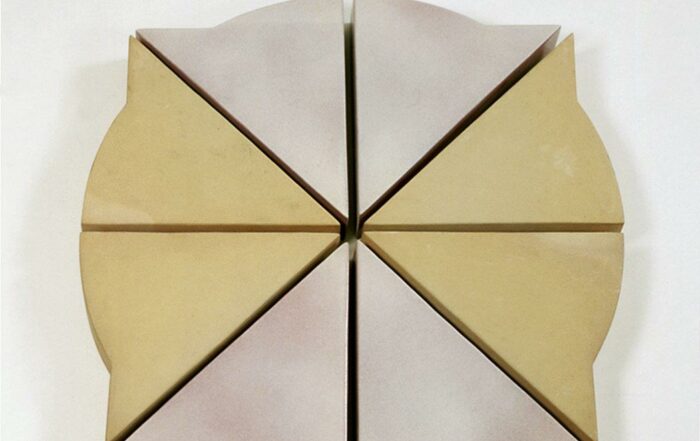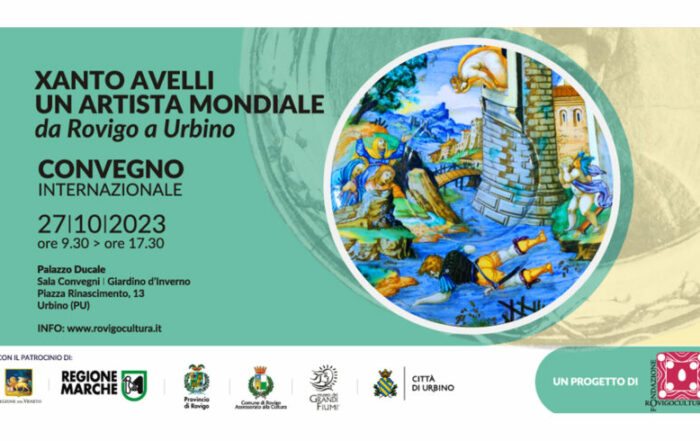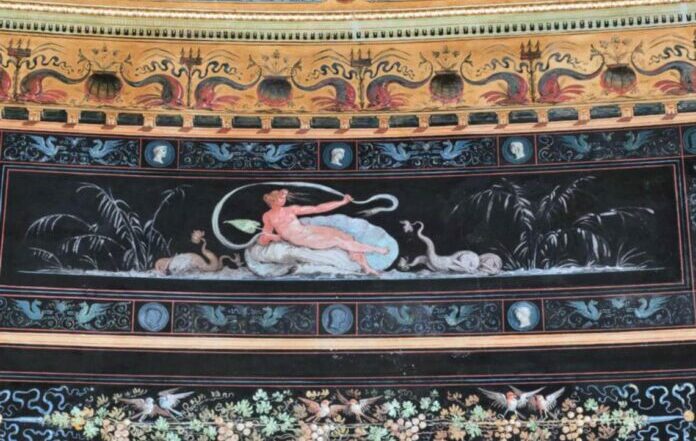Storage Department
The works conserved in the deposits are accessible to scholars and interested parties upon request to the Director.
Since the end of the 1990s, the Museum’s deposits have occupied the basement of the Catalogue and Restoration Section dedicated to the memory of Giuseppe Liverani. Subsequently, with the growth of the collections and their further study, other spaces have been obtained from the exhibition halls always located in the basement for a total of about 1500 square meters.
They are spaces conceived, designed and organized with adequate environmental parameters suitable for the conservation of ceramics. They are partly naturally lit by large glazed cavities that allow work to be carried out even without the aid of artificial light, visually connected to the exhibition rooms.
They hold 80% of the collections, which number some 45,000 works.
The organisation of the ceramics in the storerooms reflects that of the exhibition rooms, where the ceramics are displayed according to their place of production and chronology, also following technological and stylistic criteria.
The project was conceived by Gaetano Ballardini, founder of the Museum, with the far-sightedness of transmitting a profound divulgation of all the knowledge of the world of ceramics, without omitting any aspect.
The warehouse spaces are organized in four different rooms that house different sections:
- Italian ceramics, contained in 273 cabinets, divided by Italian regions;
- foreign ceramics, represented by productions from all over the world, also coming from the various editions of the Faenza Prize;
- the ceramic fragments contained in a thousand crates placed in 48 racks. These are fragments coming from excavations but also from the large nucleus of materials recovered from the rubble of the bombings of the Second World War, which on 13 May 1944 almost completely destroyed the Museum;
- industrial tiles stored in boxes placed on 34 shelves, produced in Italy from the 1950s up to today’s large formats, results that show the advanced technological development of the various years also linked to social changes.
The deposits thus represent “a museum within a museum”, a mine always available for research, study and comparison for scholars, conservators, restorers, students, ceramists and artists who wish to deepen their knowledge by having a direct view of ceramics.
The MIC newsletter
Sign up to stay up to date on new exhibitions, events and receive exclusive content.




